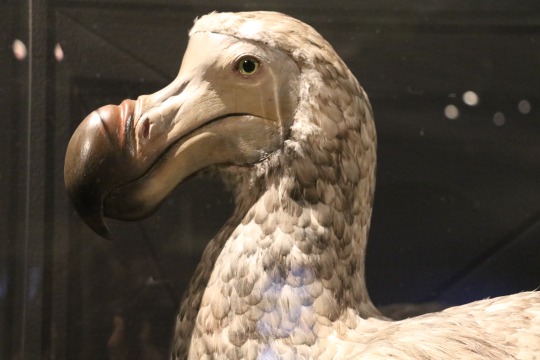
His goal: to bring back a bird that disappeared from the face of the Earth in 1914.Ĭopyright ©2023 Dow Jones & Company, Inc. However, recent advancements in technology and conservation efforts have sparked discussions about the possibility of bringing this iconic species back from extinction. The last time the species was seen alive was in the 1600s, and now Colossal Biosciences says it will one day bring the birds back.

The flock was created by Ben Novak, an American scientist who has spent the past six years working obsessively on a process known as de-extinction. The dodo bird, a flightless bird native to the island of Mauritius, went extinct in the late 17th century due to human activities such as hunting and habitat destruction. The dodo is only one of many lost birds: 161 avian species have been classified as extinct since 1500, according to a 2017 report from BirdLife International.
#Are dodo birds coming back full
Those birds, if everything goes to plan, will be the first live animals edited with traits from a species that no longer exists. Unfortunately, even armed with a full genome it would be very difficult to bring back the dodo owing to the fact that it was a bird. The squabs of this flock will be born with the Cas9 gene in every one of their cells, allowing scientists to edit their offspring with DNA from the extinct passenger pigeon. Scientists at Harvard University have assembled the first nearly complete genome of the little bush moa, a flightless bird that went extinct soon. These are the first pigeons in history with reproductive systems that contain the Cas9 gene, an essential component of the Crispr gene-editing tool. The work hinged on DNA from a museum specimen. Oxford University scientists have obtained genetic data from museum-held remains of the dodo, the flightless Indian Ocean island bird hunted to extinction by 1680. They’re descendants of the common rock pigeon, recognizable denizens of city squares and park benches-with one small but crucial distinction. Thirteen birds, ages two weeks to three months, occupy a coop at an animal research facility west of Melbourne, Australia.

In this episode of Moving Upstream, WSJ's Jason Bellini travels to Brazil to meet the world's first cow that’s been engineered for warmer climates. Gene-edited beef could be coming to dinner plates around the globe.


 0 kommentar(er)
0 kommentar(er)
